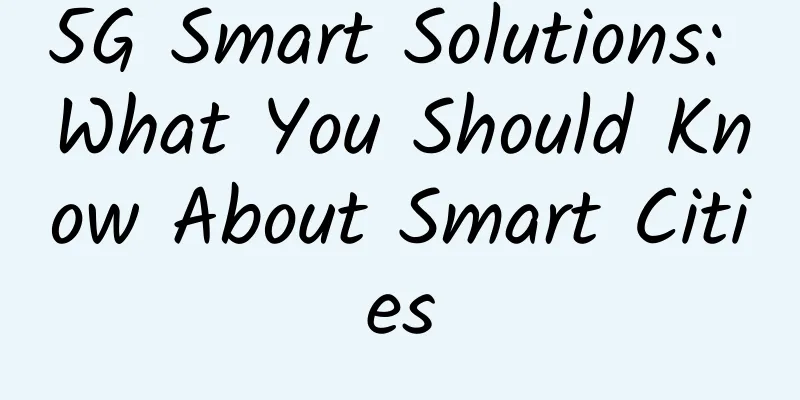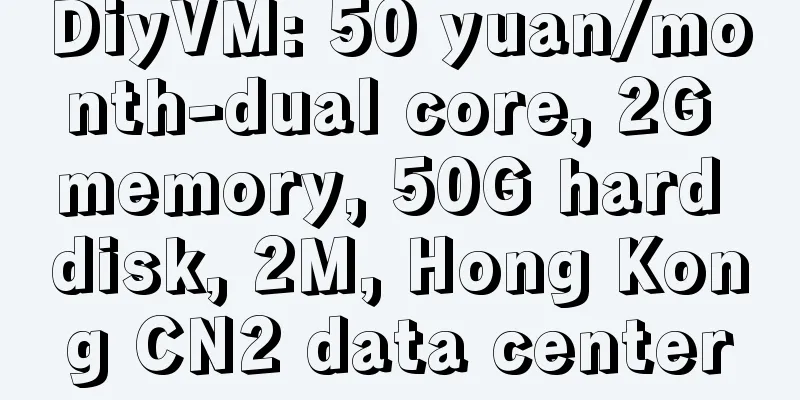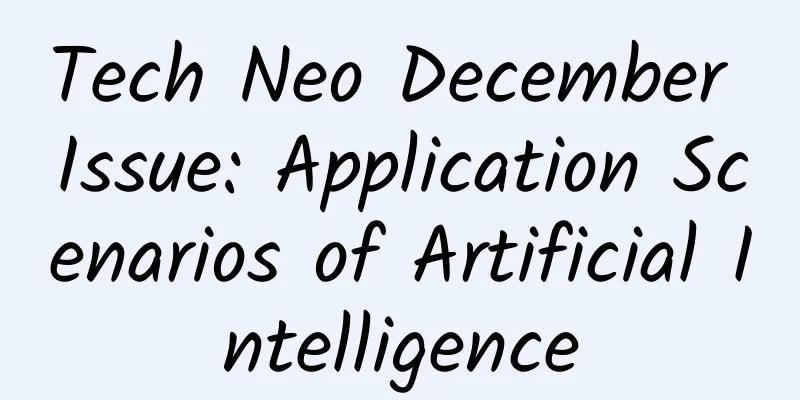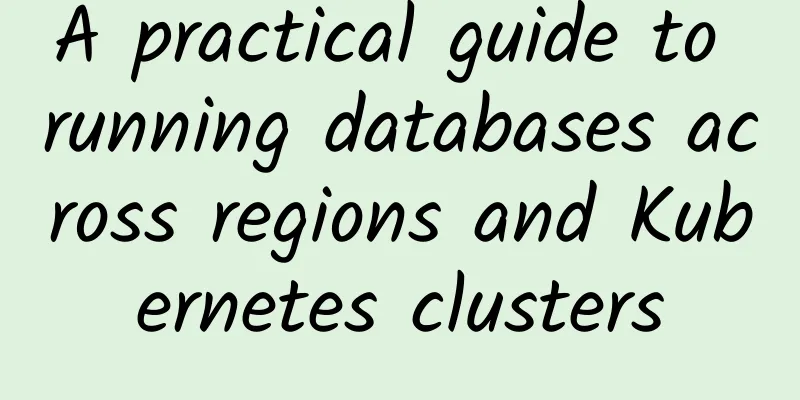5G Smart Solutions: What You Should Know About Smart Cities

|
A smart city is a place where traditional networks and services are made more efficient by integrating digital and telecommunications technologies. Its residents and businesses benefit from the increased efficiency. Developing a smart city that both improves quality of life and promotes sustainable development requires a combination of new technologies. Smart cities use the Internet of Things (IoT) to collect real-time data, understand consumer demand patterns, and then respond with adequate and more effective solutions. The overall concept of a digital city ecosystem is supported by multiple ICT frameworks that connect various devices, equipment, communication gateways, and data centers. 4G is the currently deployed wireless network, which was developed mainly to facilitate mobile data services, but there are several aspects that need improvement. Its disadvantages are high power consumption, limited number of simultaneous connections, and high cost. With 5G, cities will be able to solve and overcome the problems associated with IoT and smart cities. The impact of 5G on smart citiesThe characteristics of 5G networks will greatly enhance the digital experience and promote the development of smart cities. With the increase in data transmission speed, it will also ensure low latency. You will be allowed to connect to multiple devices at the same time. In other words, lower latency means sending and receiving signals at a faster speed. Data can be transmitted in real time using 5G within a range of at least 10 milliseconds, and with a delay as low as 1 millisecond. Even with thousands of devices connected, you will not experience any lag in speed or latency. Hence, 5G networks will offer a higher density of devices. Together, these features will revolutionize cities. Today, it’s not uncommon to experience a drop in internet connection quality in the middle of a crowded resort or stadium. 5G will make it possible for the first time to connect millions of devices simultaneously per square kilometer. In addition to personal devices such as smartphones, tablets, smart speakers and PCs, many other devices will be able to collect information and communicate with each other. Quite simply, the focus will be on simplicity and practicality in terms of power consumption. 5G networks thus remove a major barrier to the development of the IoT, which will be able to realize its potential in homes, manufacturing processes and public places. Smart Cities – The FutureFinally, 5G enables real-world applications such as energy monitoring, traffic enforcement, and smart parking, turning smart cities from theory into reality. Smart cities use technology, software solutions and data to significantly improve several important indicators of quality of life. This results in reduced traffic congestion, faster emergency response times, lower healthcare spending and reduced greenhouse gas emissions, generating potential savings. The Internet of Things opens up new business possibilities for companies and individuals, providing software solutions to manage complex IoT ecosystems and extract intelligent insights from data. |
<<: Vietnam to phase out 2G and 3G services from 2022
>>: Taiwan's 5G penetration rate is expected to reach 30% by the end of this year
Recommend
Why Microsoft's acquisition of Nuance is a big deal
[[394293]] Microsoft recently announced that it w...
CloudCone New Year Promotion: $10.99/year KVM-512MB/20GB/2TB/Los Angeles Data Center
CloudCone has updated its 2023 promotional progra...
Tudcloud: Hong Kong VPS 30% off, starting from $7.2/month, with options for high bandwidth or unlimited traffic
Tudcloud has sent out the latest promotion, with ...
Effective Risk Management in Data Centers
Today, data center managers are constantly battli...
A simple guide to Wi-Fi, a must-read when buying a router
In this article, we will talk about the wireless ...
Ruijie Networks Tailors the Campus Network for Guizhou University of Finance and Economics
Guizhou University of Finance and Economics (here...
5G is not yet popular, but 6G patents are already the world's first, and the 6G war has already begun
5G has been promoted for a long time, but it has ...
What is a router in a network? Core functions explained
A router is a core element of internet connectivi...
Using DDC to build AI networks? This may just be a beautiful illusion
ChatGPT, AIGC, big models... a series of dazzling...
Ultra-low energy consumption Passive Wi-Fi speed exceeds 11Mbps
According to foreign media reports, a research te...
Why is there no movement in China for the popular wireless mesh network?
The wireless mesh network that emerged in the sec...
Did you know? The 5G market started with B2B
The two major obstacles to the popularization of ...
Huawei Global Analyst Conference 2017: Using cloud as the engine to promote global digital transformation
[51CTO.com original article] Although the 2017 Hu...
Implementing a REST API server with caching in Go
1. REST API principles REST (Representational Sta...
Brocade Expands Data Center Networking Solutions to Accelerate Digital Transformation
Brocade today announced the expansion of the Broc...









